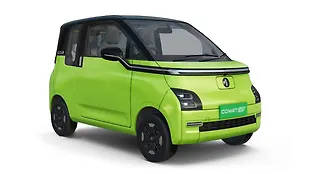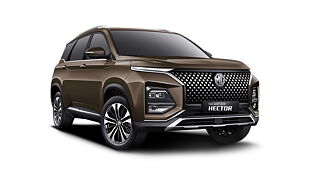
MG Racing Legends
While MG’s current and near-future lineup of cars in India consists of SUVs, the company was founded on the principle of making fast cars which wouldn’t break the bank. MG has been building racecars since the day it was established and even their road-legal cars did well on track with varying degrees of modifications. Here’s a look at some of the most successful racecars the company made and the prestigious races they won.
1930 Brooklands Double-Twelve

The first major boost for MG in their formative years came with the success of three diminutive MG M-Type Midgets taking the team win at the gruelling Brooklands Double-Twelve. The Brooklands Double-Twelve, as the name suggested, is a twin 12-hour race held over two days with no repairs allowed. The M-Type Midgets that raced that year had factory support, though they were raced by individuals, and had been modified to take on the challenges of endurance racing - especially one where repairs were not allowed. The relatively small, but light and powerful Midgets were perfect advertisements for the new company’s sporty cars, proving there was replacement for displacement.
Photo courtesy Simanaitis Says
1933 Mille Miglia

At the time there was no other race which held a higher prestige than the Mille Miglia 1000-mile (~1600km) dash from Brescia to Rome and back. Powerful, beautiful looking Italian cars showed off their endurance and speed capabilities to the world and manufacturers were guaranteed high sales if they won. MG’s reputation for crash gating expectations had travelled far and wide, but it took a lot of persuasion from Earl Howe, President of the British Racing Drivers’ Club, to convince Cecil Kimberly to develop three 1933 K-Type Magnettes for the race. But it all came to fruition when the MG K3 Magnette took the win in the 1100cc class in the hands of George Eyston and Count Giovanni Lurani. MG became was the first non-Italian marque to achieve such a feat and the popularity of British-made small sportscars grew even stronger.
Photo courtesy MG Car Club
1953/1954 SCCA

The popularity of MG sportscars grew exponentially in the USA after the World War II, thanks to war veterans bringing back their cars from Europe. The European designs really caught the attention of the American public, who were not used to seeing such small cars on their roads. These small cars also had a reputation for being immensely competitive in road racing events, including the cars from MG.

Ken Miles could be credited, to a certain degree, with making MG cars popular in the USA through his racing exploits. Yes, this is the same Ken Miles who would go on to help Ford beat Ferrari at the 1996 24 Hours of Le Mans. A service manager at a Californian MG distributor, Ken design, developed and raced special cars made of MG components in the SCCA races on the west coast. After winning 14 straight races (all but two in the season) in 1953, Ken designed the ultra-competitive ‘Flying Shingle’ which was as successful in 1954.
Photos courtesy Vintage Road & Racecar, The Wanderling
2014 BTCC

MG’s return as a factory racing team was fittingly in the ultra-competitive, popular British Touring Car Championship in 2012. Their weapon was the MG6 sedan, modified to fit the strict BTCC rules. Competition was varied but closely matched, with a field of BMWs, Hondas, Fords, VWs, Mercedes-Benzes and others. Jason Plato and the MG KX Momentum Racing MG6 had a close title fight in the first year of racing itself, but a series of retirements meant their dreams had to wait. 2013 saw the team improve their car and fortunes, finishing second in the teams championship. 2014 saw big improvements as the MG6 was sometimes untouchable, going on to take the manufacturer’s title and solidifying MG’s return to their racing roots.
Cover and above photo courtesy BTCC
![MG Hector [2019-2021] Image MG Hector [2019-2021] Image](https://imgd.aeplcdn.com/272x153/cw/ec/36756/MG-Hector-Right-Front-Three-Quarter-166301.jpg?wm=0&q=80)
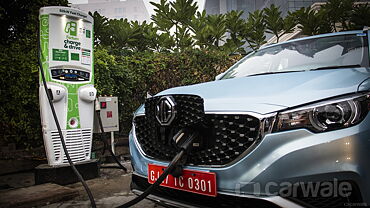
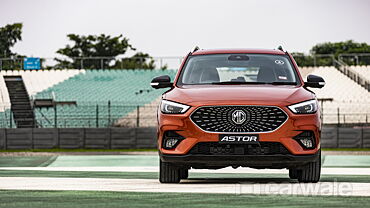
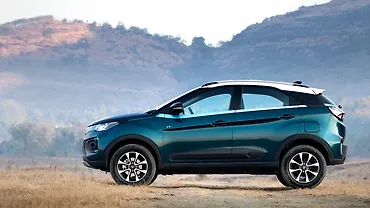









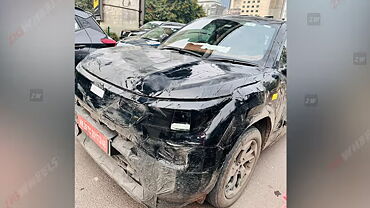
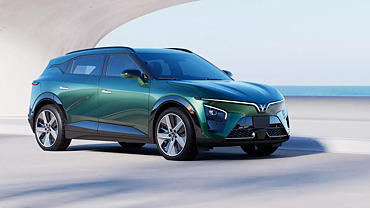

![MG Hector [2019-2021] Right Front Three Quarter MG Hector [2019-2021] Right Front Three Quarter](https://imgd.aeplcdn.com/199x112/cw/ec/36756/MG-Hector-Right-Front-Three-Quarter-166301.jpg?wm=0&q=80)
![MG Hector [2019-2021] Right Front Three Quarter MG Hector [2019-2021] Right Front Three Quarter](https://imgd.aeplcdn.com/199x112/n/cw/ec/36756/hector-exterior-right-front-three-quarter-166302.jpeg?q=80)
![MG Hector [2019-2021] Right Front Three Quarter MG Hector [2019-2021] Right Front Three Quarter](https://imgd.aeplcdn.com/199x112/n/cw/ec/36756/hector-exterior-right-front-three-quarter-166303.jpeg?q=80)
![MG Hector [2019-2021] Dashboard MG Hector [2019-2021] Dashboard](https://imgd.aeplcdn.com/199x112/n/cw/ec/36756/hector-interior-dashboard.jpeg?q=80)
![MG Hector [2019-2021] Steering Wheel MG Hector [2019-2021] Steering Wheel](https://imgd.aeplcdn.com/468x263/n/cw/ec/36756/hector-interior-steering-wheel.jpeg?q=80)

























